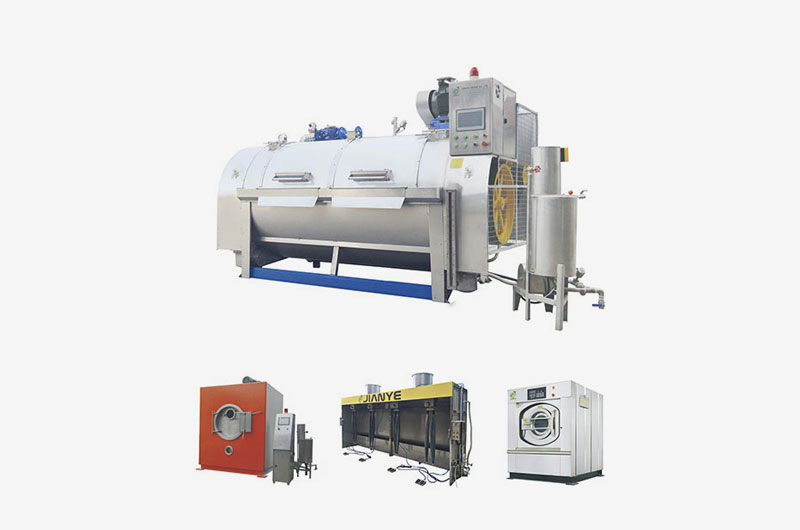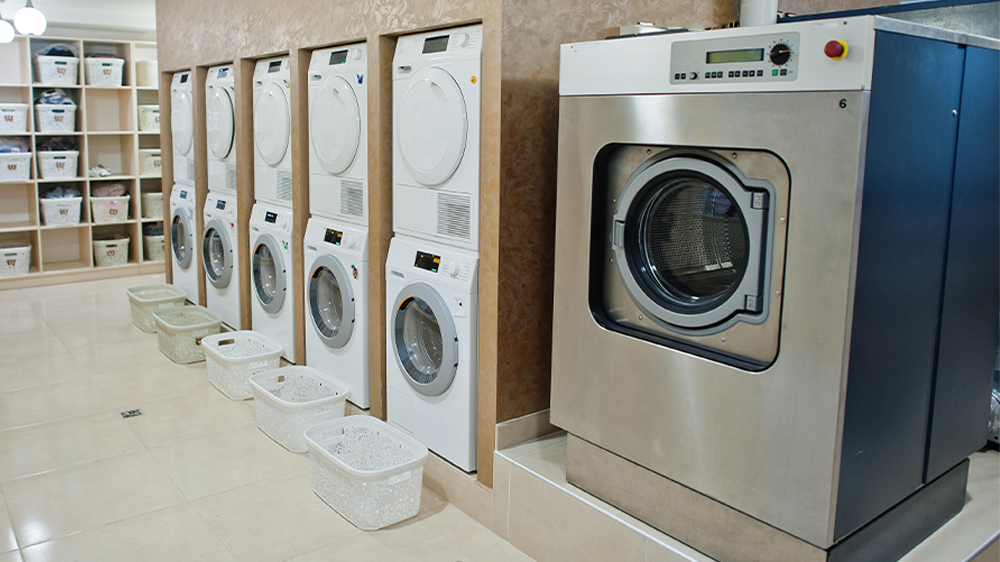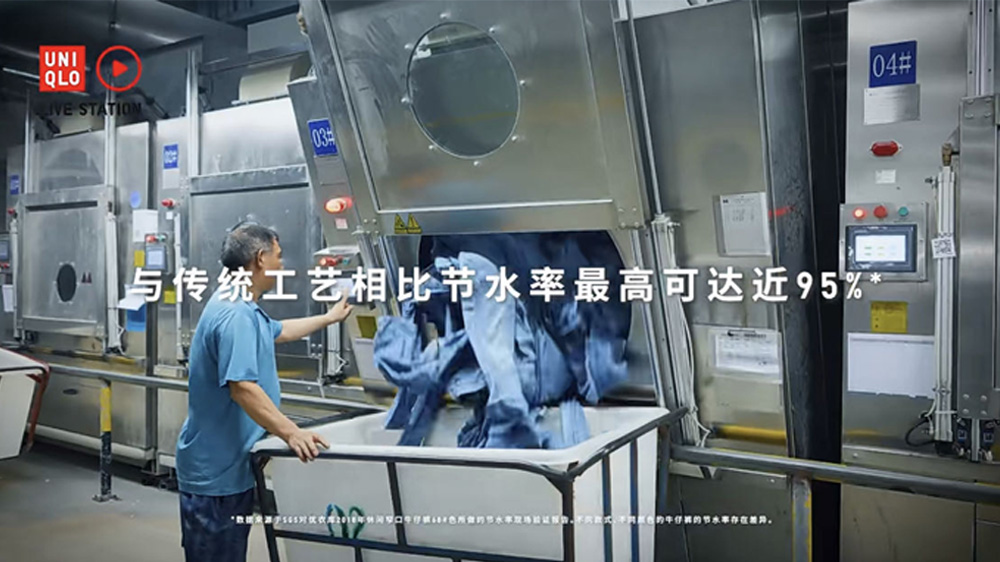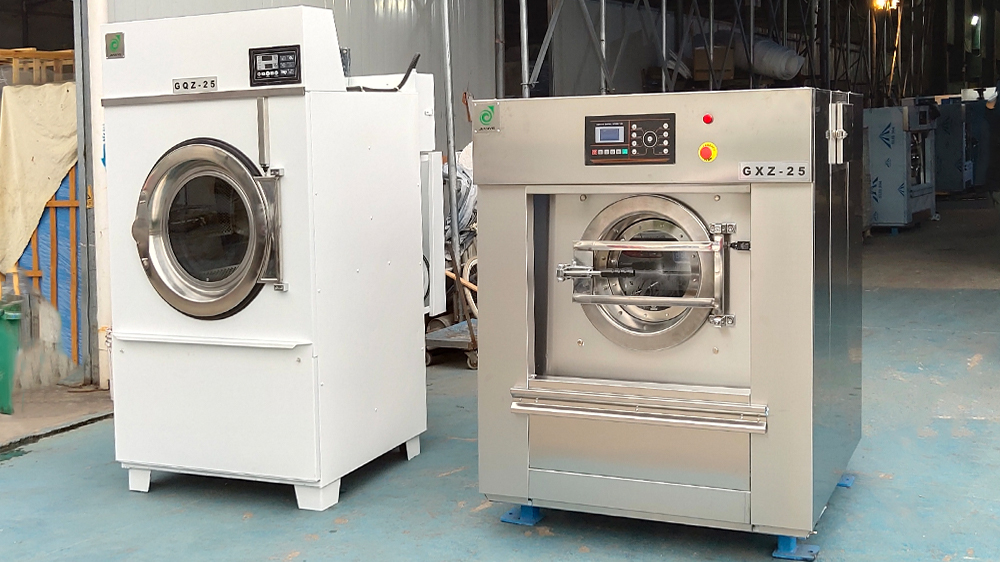Fabric inspection machine
- Date:2021-12-07 16:22:04
- Views:325

Fabric, as the name suggests, is the material used to make clothing. As one of the three elements of clothing, fabrics can not only interpret the style and characteristics of clothing, but also directly influence the color and shape of clothing. Good fabrics play an absolutely key role in the production of clothing, so inspection and testing of the fabrics are required. So how to inspect the fabric? This article will introduce the standards and workflow of fabric inspection in detail.
Fabric inspection items and basic quality requirements
Test items:
Specifically, it is necessary to inspect the appearance, weight, density, feel, pattern, color, width, horse length, weft oblique or weft arc of the fabric.
Basic quality requirements:
1. The fabrics and linings of all kinds of finished products must not have shredded, damaged, broken holes or serious weaving defects that affect the wearing effect, such as thick yarn,
Lack of yarn, knots, variegated yarn and selvedge/pinholes;
2. The texture of all kinds of fabrics includes composition, feel, luster, fabric weave, etc., pattern and printing position, size,
The color and density should be consistent with the requirements of the sample;
3. All kinds of fabrics and linings should not have oil stains, rust stains, color stains, watermarks, offset printing, chalk printing and other stains.
4. Knitted fabrics must not have uneven surface textures, and there must be no yarn joints on the surface;
Fabric inspection procedures
1. Determine the inspection quantity: at least 10% of the batch of fabrics needs to be inspected, or the inspection quantity is determined according to customer requirements;
2. Select the inspection package number or roll number: the fabric inspector can randomly select the cloth to be inspected according to the fabric factory's fine code list.
Cover all colors. Determine the inspection quantity of each color according to the proportion of each color in the batch of fabrics;
3. Inspection of the fabric quantity: check whether the actual quantity is the same as the supplier’s fine code sheet, package code sheet and cloth roll marking code number
symbol;
4. Check the color and feel of the fabric: check whether the color and feel of the fabric are the same as the fabric color and quality sample confirmed by the customer;
5. Check cloth width: measure the actual width of the cloth head, cloth middle and cloth tail, and the width of the fabric should meet the requirements of the order;
6. Check the color: check whether there is any deviation between the two sides and the cloth color in the middle of the cloth. The fabric should not have color difference between front and back, left and right
Chromatic aberration and color flower. Check whether the color and feel of the fabric are the same as the fabric color sample and quality sample confirmed by the customer;
The difference must not be less than level 4 or the standard required by the customer, and the difference between the horse and the horse must be above level 4;
7. To inspect defects, inspect on a cloth inspection machine. The speed of cloth travel should be appropriate, generally based on the principle of being able to see clearly. Inappropriate speed will affect the accuracy of cloth inspection. When performing defect inspection, deduct points only for visible defects that affect the processing of the garment and affect the appearance. Make a record at the same time as the inspection.
8. When the fabric surface is inspected, defects are found, and color lines are used to make obvious marks, so that the cutting and paving materials can be found at any time. If the batch of fabrics is unqualified and needs to be returned, it is also convenient to explain the defect status and the reason for the return to the fabric factory, and make a record of deductions;
9. Count the number of unqualified cloth rolls. After all inspections are completed, count the number of defects to determine whether they are qualified.
Fabric inspection method
The common inspection method for fabrics is the "four-point scoring method". In this "four-point system", the highest score for any single defect is four points. No matter how many defects the cloth has, the defect scores for each linear yard shall not exceed four points.
For defects in latitude, longitude and other directions, the defect scores will be evaluated according to the following standards:
One point: The defect length is 3 inches or less than 3 inches
Two points: The defect length is greater than 3 inches and less than 6 inches
Three points: The defect length is greater than 6 inches and less than 9 inches
Four points: The defect length is greater than 9 inches
For serious defects, each yard of defects will be rated as four points. For example: Regardless of the diameter, all holes will be rated as four points.
For fabrics with continuous occurrence of defects, such as cross bars, edge-to-edge color difference, narrow seal or irregular cloth width, creases, uneven dyeing, etc., each yard of defects should be rated as four points.
The score for each defect shall not exceed four points.
In order to ensure that the purchased fabrics will not affect the quality of the garment and the requirements of the customers, the quality of the purchased (or customer-supplied) fabrics needs to be inspected. Therefore, the process of fabric inspection is particularly important.
- Previous:2017 CTG
- Next:First delivery in 2022
 English
English 中文
中文






